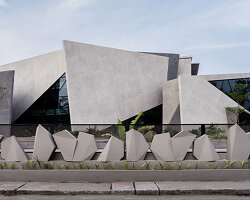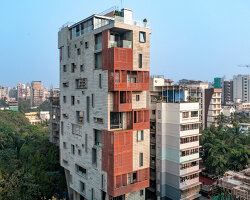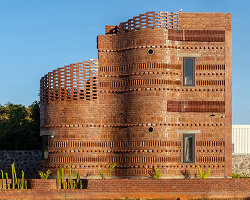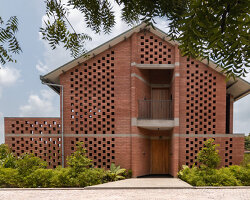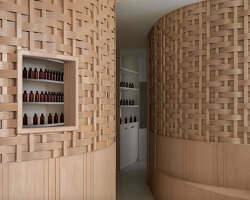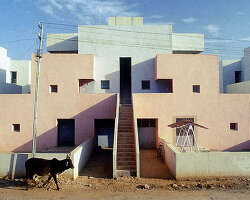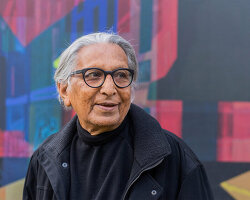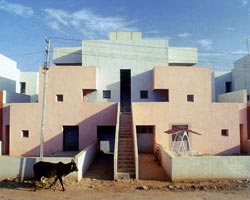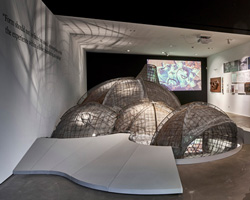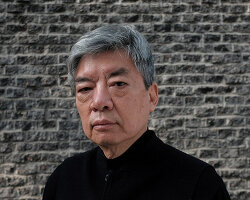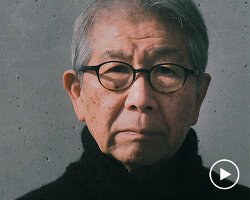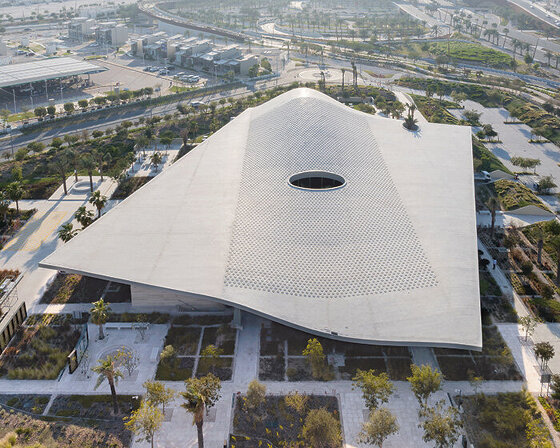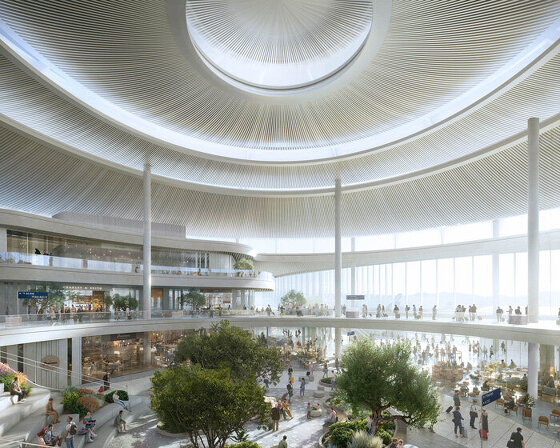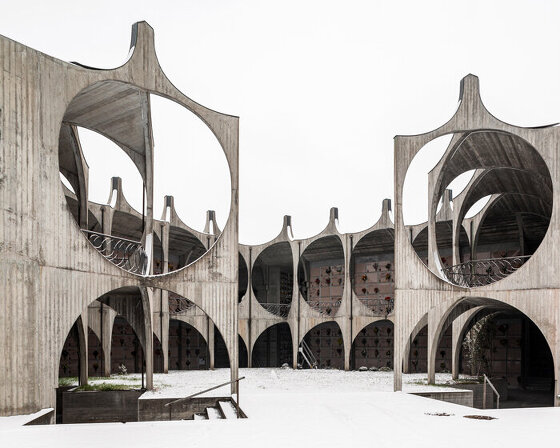last week, indian architect balkrishna doshi was selected as the 2018 pritzker architecture prize laureate — the award that is often referred to as architecture’s highest honor. as an architect, urban planner, and educator for the past 70 years, doshi has been instrumental in shaping the discourse of design and architecture throughout india and internationally. below, we round up eight of the architect’s most important projects that shaped his career.
life in india | video courtesy of the pritzker architecture prize
to celebrate the award, and balkrishna doshi’s projects, the pritzker architecture prize has released a series of new videos. the films take a look at doshi’s life and work starting with his background and upbringing in india. two other short movies examine the architect’s influences and his working philosophy.
influences | video courtesy of the pritzker architecture prize
‘my works are an extension of my life, philosophy and dreams trying to create treasury of the architectural spirit,’ says balkrishna doshi. ‘I owe this prestigious prize to my guru, le corbusier. his teachings led me to question identity and compelled me to discover new regionally adopted contemporary expression for a sustainable holistic habitat. with all my humility and gratefulness I want to thank the pritzker jury for this deeply touching and rewarding recognition of my work. this reaffirms my belief that, ‘life celebrates when lifestyle and architecture fuse’.’
architectural philosophy | video courtesy of the pritzker architecture prize
balkrishna doshi is the 45th pritzker prize laureate, and the first to hail from india. the 2018 ceremony commemorates the 40th anniversary of the accolade, and will take place at the aga khan museum in toronto, canada, in may. explore eight of doshi’s best-known projects below in the words of the pritzker prize.
future | video courtesy of the pritzker architecture prize
institute of indology, 1962
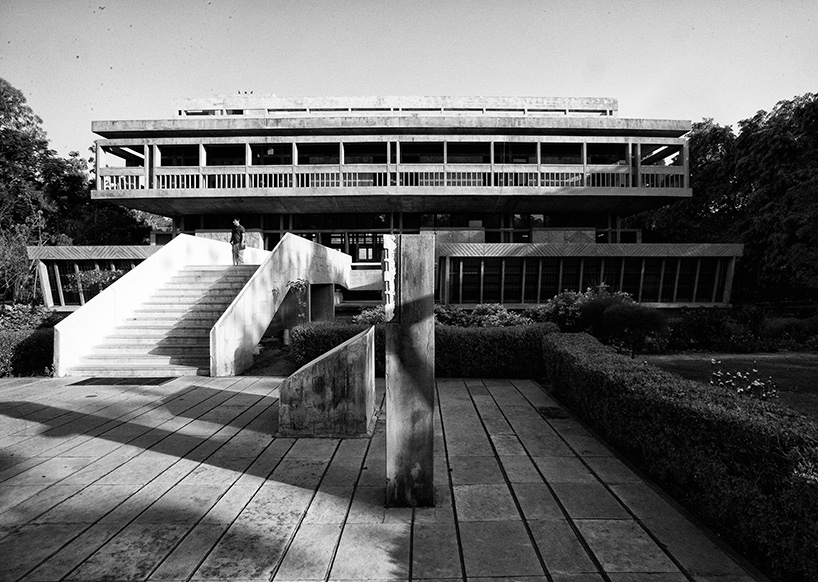
institute of indology, ahmedabad, india, 1962
image courtesy of VSF
the institute of indology was designed to house ancient manuscripts, a research center and eventually, a museum. ‘all the elements one finds in indian buildings are present [here],’ says doshi. ‘I had studied a jain upashraya, a home for monks, before I designed it. I had also met several jain saints in the city to understand the traditional architecture for this building type.’ here, the building’s two stories, high plinth, and full length veranda are all components of traditional indian buildings.
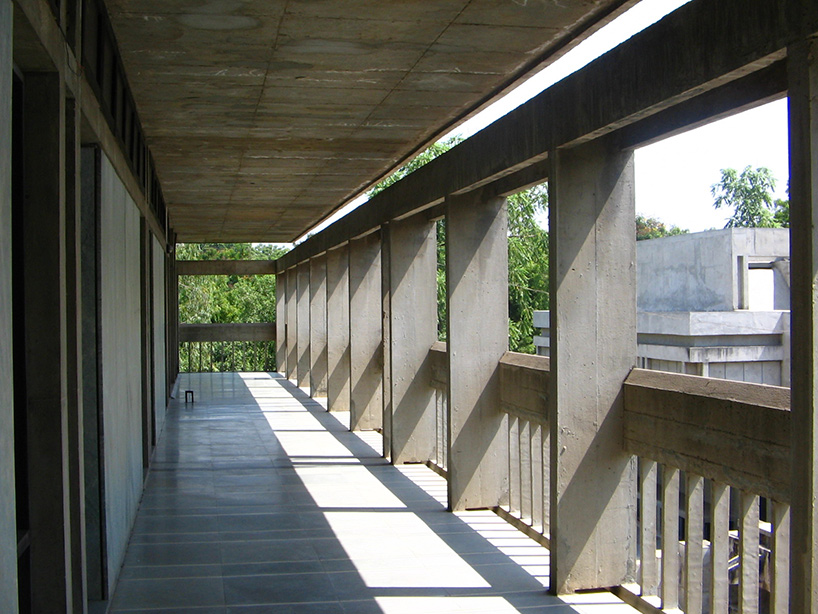
institute of indology, ahmedabad, india, 1962
image courtesy of VSF
kamala house, 1963
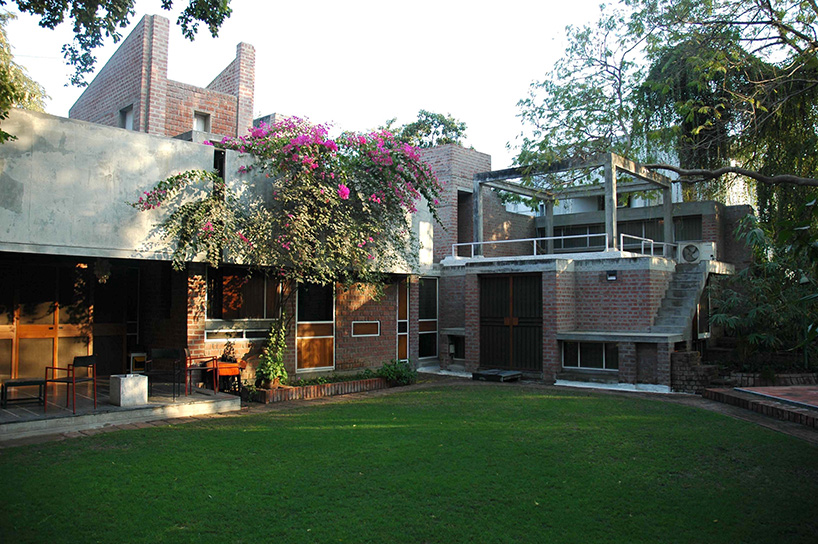
kamala house, ahmedabad, india, 1963
image courtesy of VSF
informed by both western and eastern designs, kamala house was named after doshi’s wife, and is the architect’s personal residence. doshi relies on a sustainable and economical approach. natural light is maximized and streams throughout, while cavity walls trap and minimize heat.
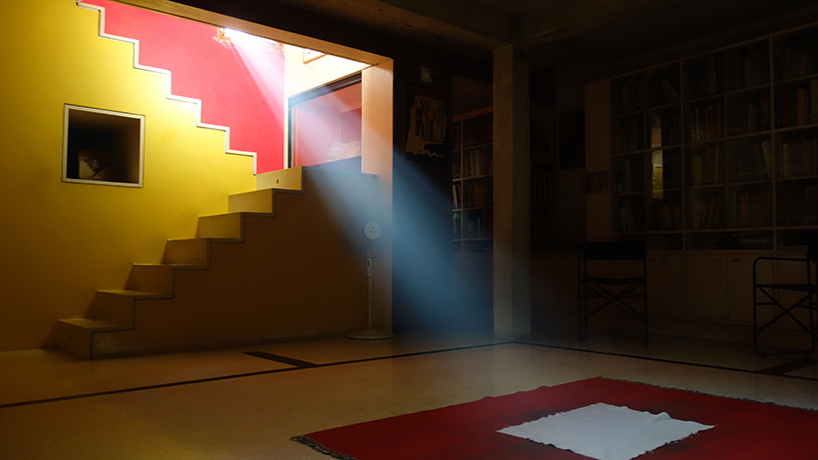
kamala house, ahmedabad, india, 1963
image courtesy of VSF
centre for environmental planning & technology, 1966-2012
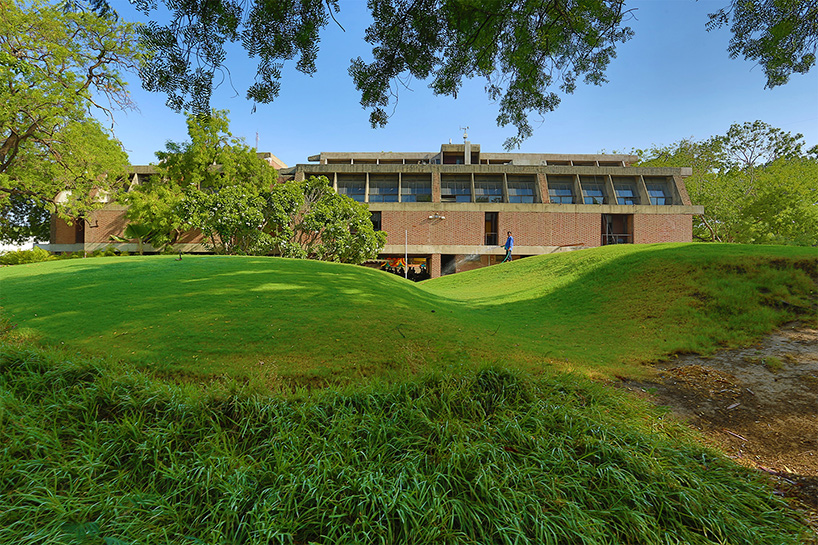
centre for environmental planning & technology, ahmedabad, india, 1966-2012 (multiple phases)
image courtesy of VSF
‘CEPT campus has become at once a small campus and a big house, making everyone aware about his or her role in it. learning occurs simultaneously and our responses shape our lives,’ explains doshi. initially housing just the school of architecture (1966), the campus has expanded to include the school of planning (1970), the visual arts centre (1978), the school of building science and technology (1982), the school of interior design (1982), kanoria centre for arts (1984), and an exhibition gallery (2012).
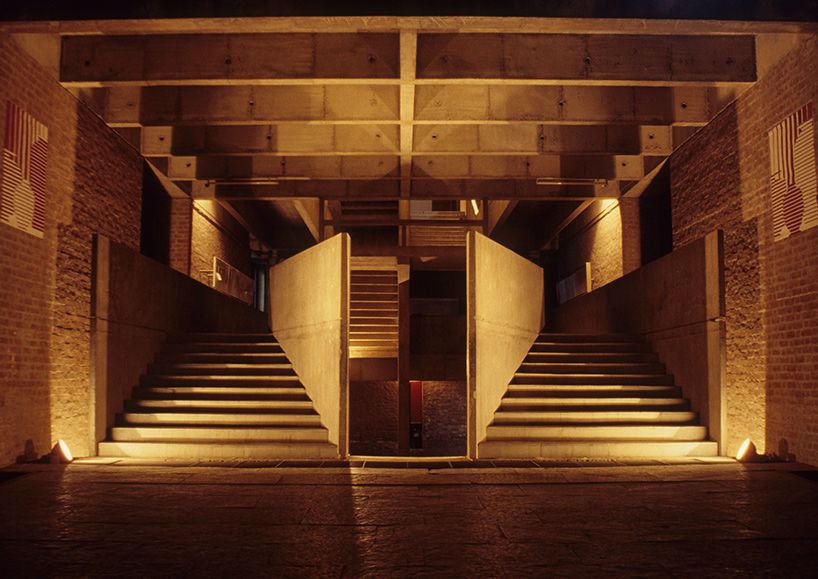
centre for environmental planning & technology, ahmedabad, india, 1966-2012 (multiple phases)
image courtesy of VSF
premabhai hall, 1976
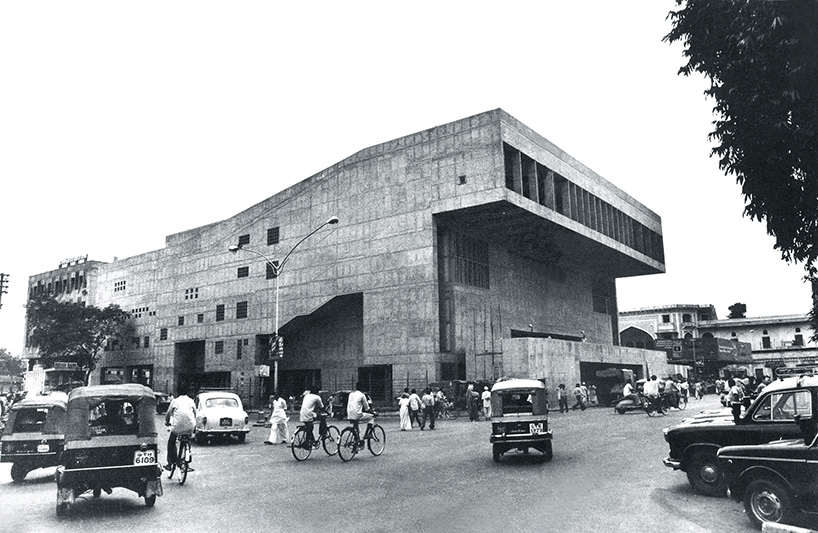
premabhai hall, ahmedabad, india, 1976
image courtesy of VSF
‘a good theatre…is the extension of the most active and creative part of a city. it is a place where all artists meet and recreate a new image of life,’ doshi says. designed as a public theatre, premabhai hall, a largely concrete building, houses an auditorium, vast interior corridors and public gathering spaces.
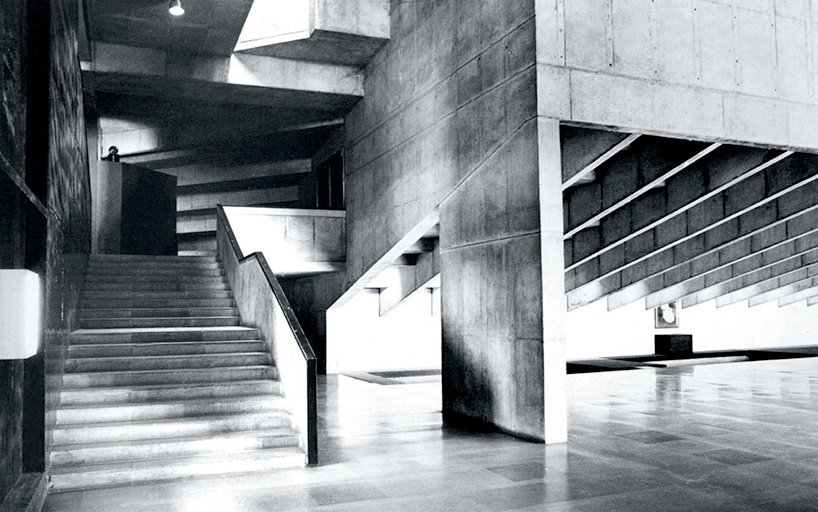
premabhai hall, ahmedabad, india, 1976
image courtesy of VSF
indian institute of management, 1977-1992
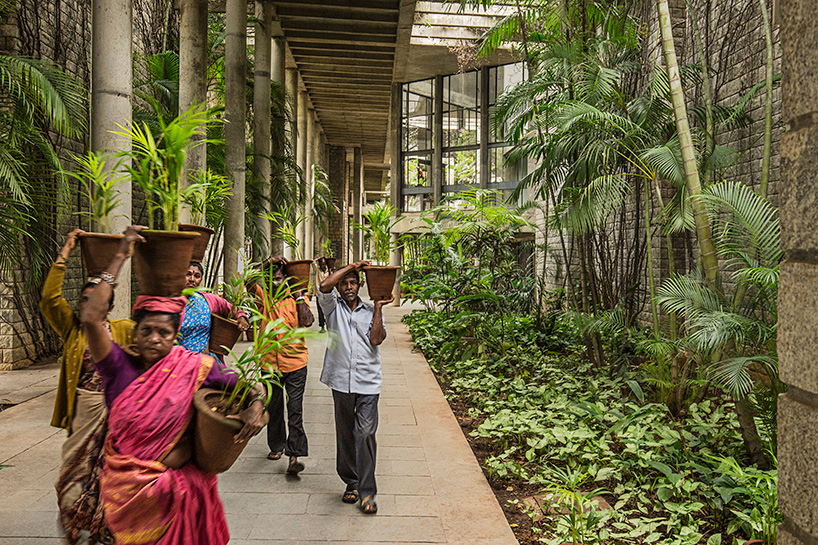
indian institute of management, bangalore, india, 1977-1992 (multiple phases)
image courtesy of VSF
inspired by traditional maze-like indian cities and temples, IIM bangalore is organized as interlocking buildings, courts and galleries. it also provides a variety of spaces protected from the hot climate, and infuses greenery through semi-open corridors and gardens.
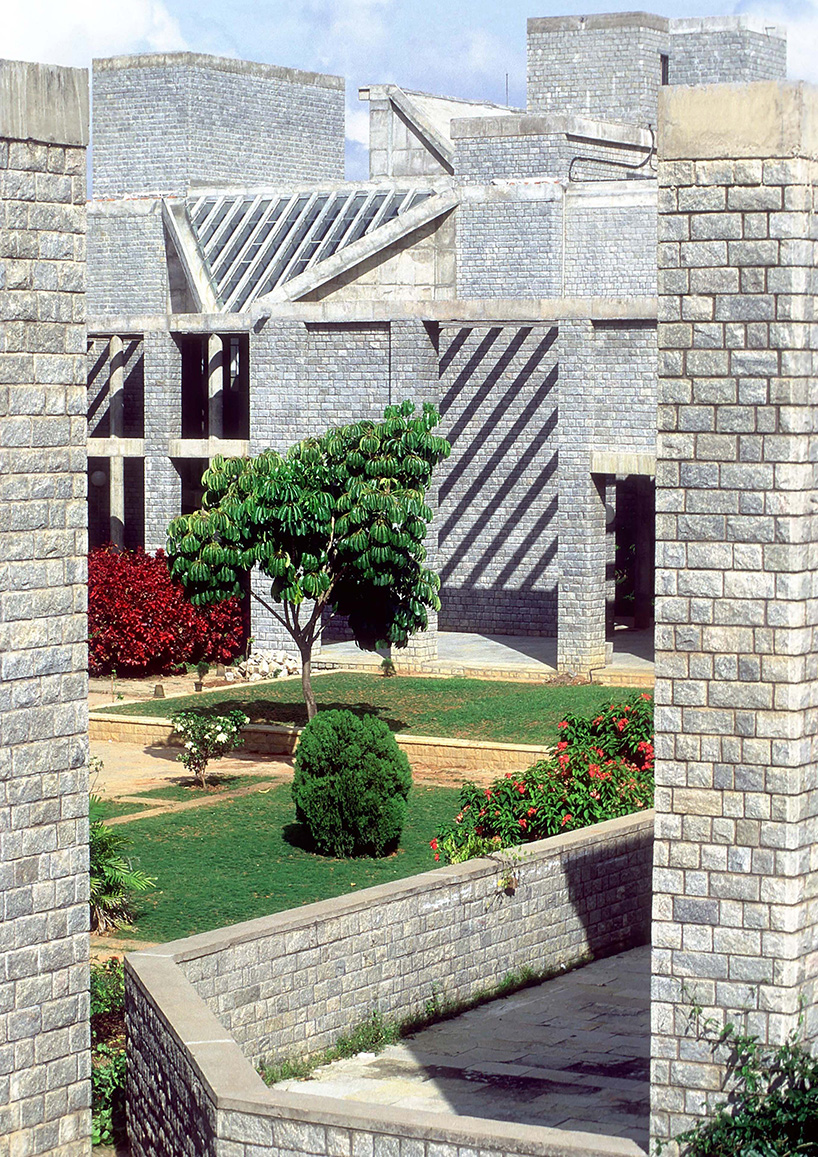
indian institute of management, bangalore, india, 1977-1992 (multiple phases)
image courtesy of VSF
sangath architect’s studio, 1980
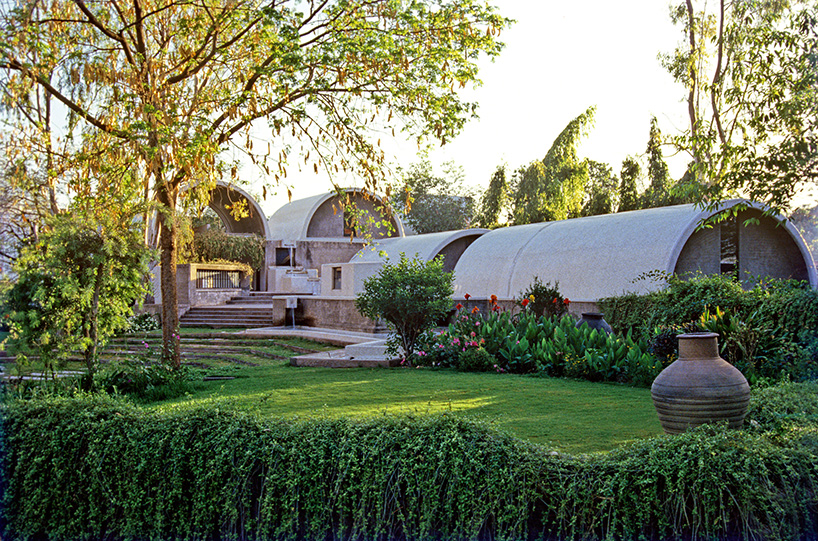
sangath architect’s studio, ahmedabad, india, 1980
image courtesy of VSF
sangath is the architect’s own studio. in sanskrit, sangath means ‘moving together’. there is an easy flow of terraces, reflecting ponds, mounds, and the curved vaults which are the distinguishing formal elements. there is variety and richness in the interior spaces that have different qualities of light, different shapes as well as different uses, while united through the use of concrete.
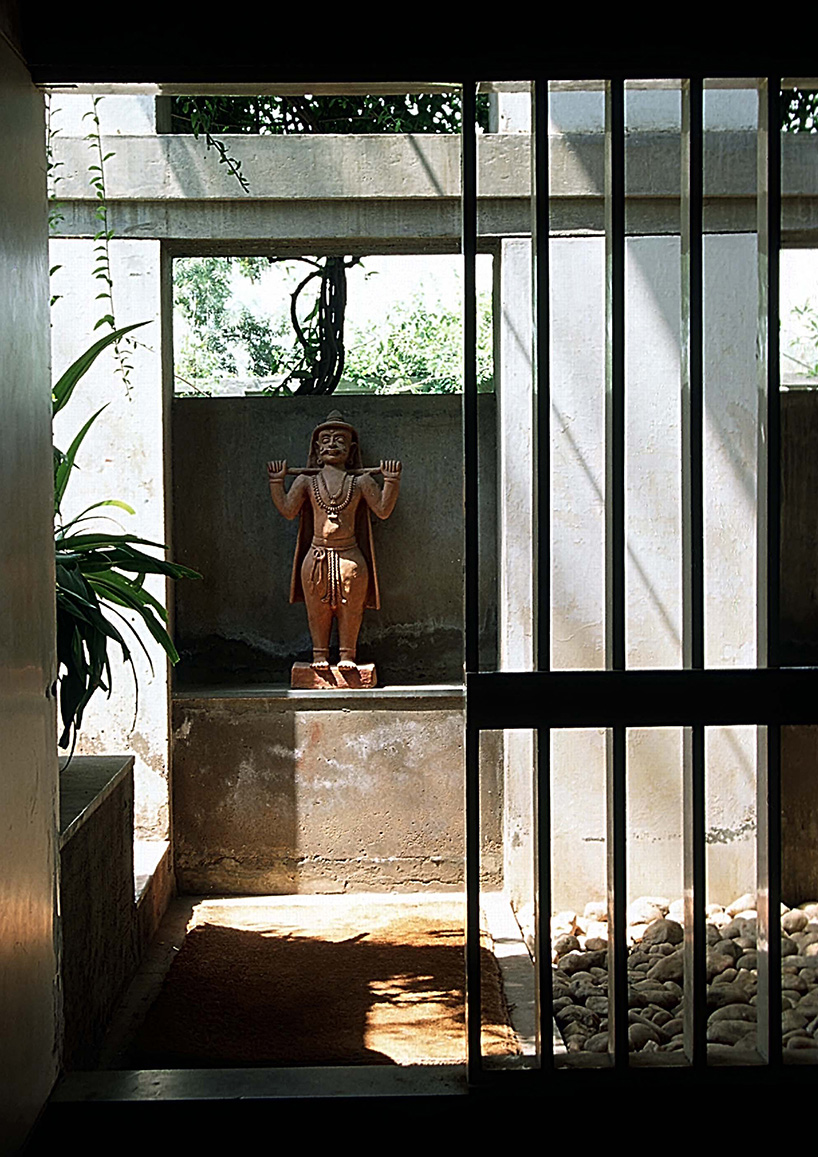
sangath architect’s studio, ahmedabad, india, 1980
image courtesy of VSF
aranya low cost housing, 1989
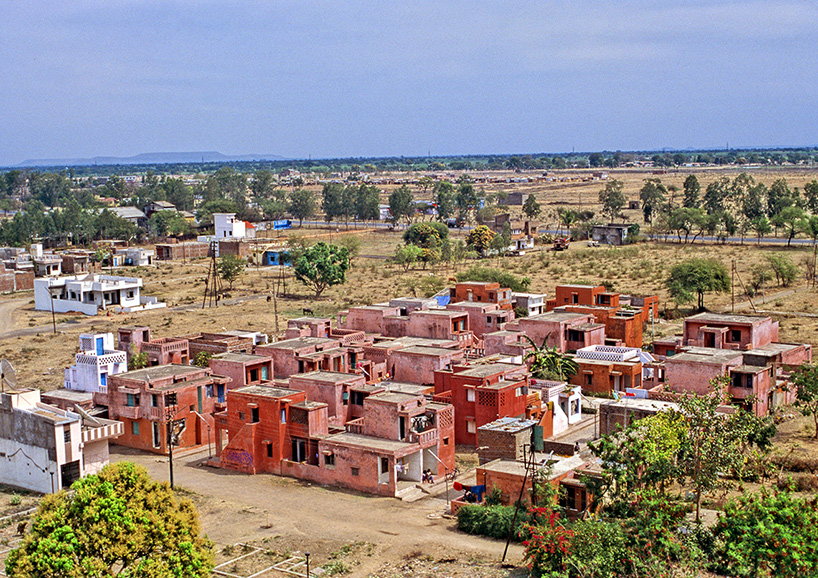
aranya low cost housing, indore, india, 1989
image by john paniker
‘they are not houses but homes where a happy community lives. that is what finally matters,’ says doshi. ‘it seems I should take an oath and remember it for my lifetime: to provide the lowest class with the proper dwelling.’ aranya low cost housing accommodates over 80,000 individuals through a system of houses, courtyards and a labyrinth of internal pathways. the community is comprised of over 6,500 residences, among six sectors — each of which features a range of housing options, from modest one-room units to spacious houses, to accommodate a range of incomes.
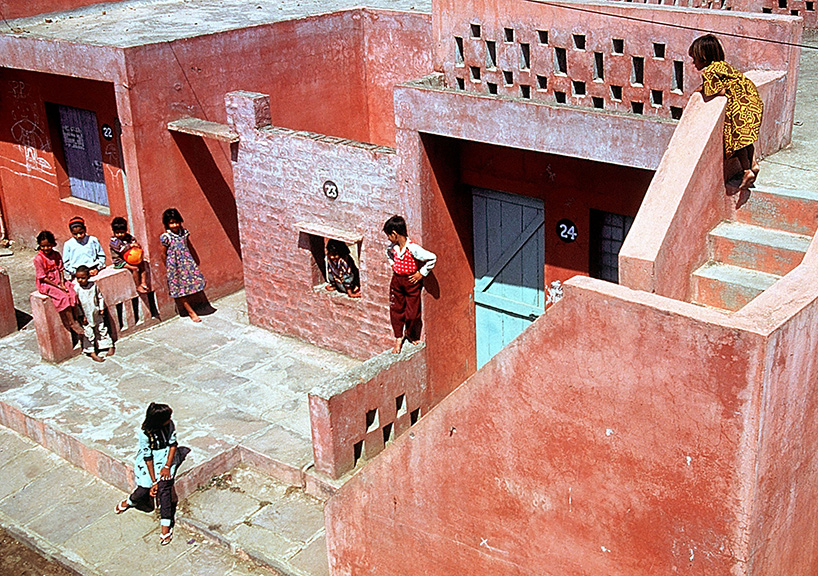
aranya low cost housing, indore, india, 1989
image by john paniker
amdavad ni gufa, 1994
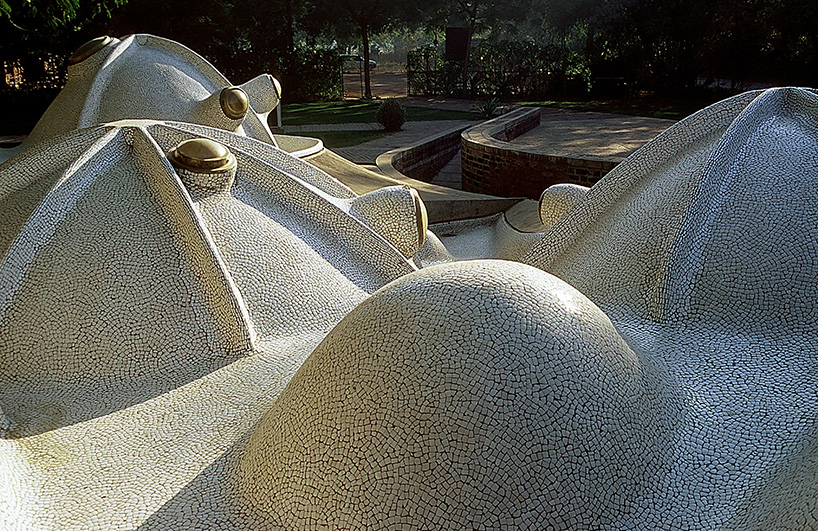
amdavad ni gufa, ahmedabad, india, 1994
image courtesy of VSF
amdavad ni gufa was designed to demonstrate the collaboration between an artist and architect. an underground gallery housing the works of artist maqbool fida husain, doshi’s design was inspired by a discussion between the two that occurred thirty years prior to the project. it was about a response to climate, and the benefits of interred spaces. in designing the landscape and entrance, the architect connects the building to the extended world
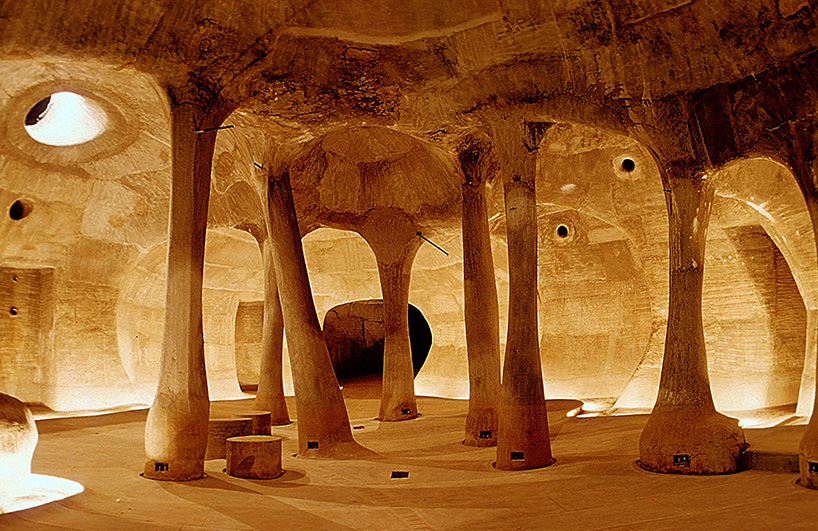
amdavad ni gufa, ahmedabad, india, 1994
image courtesy of VSF

